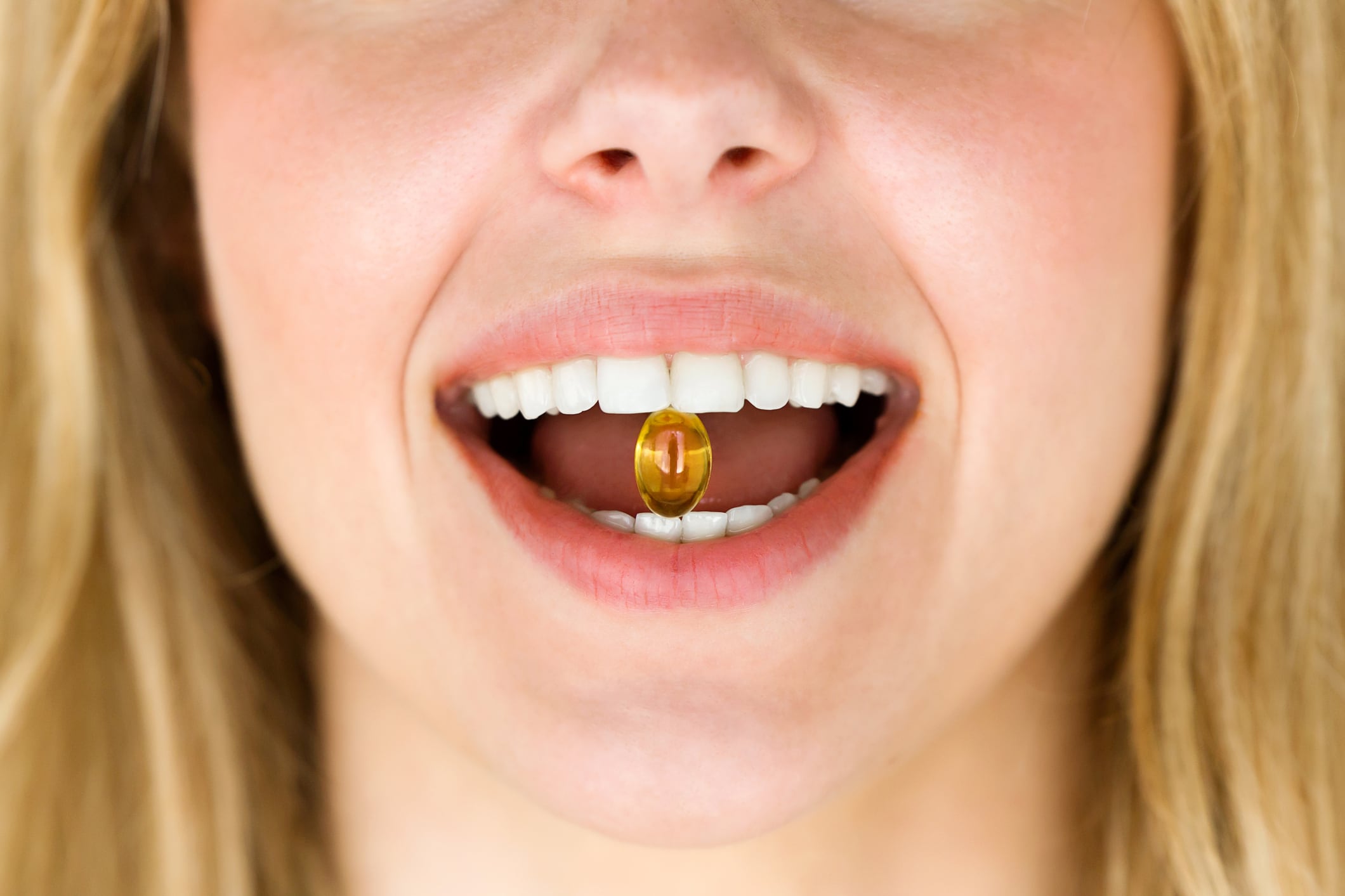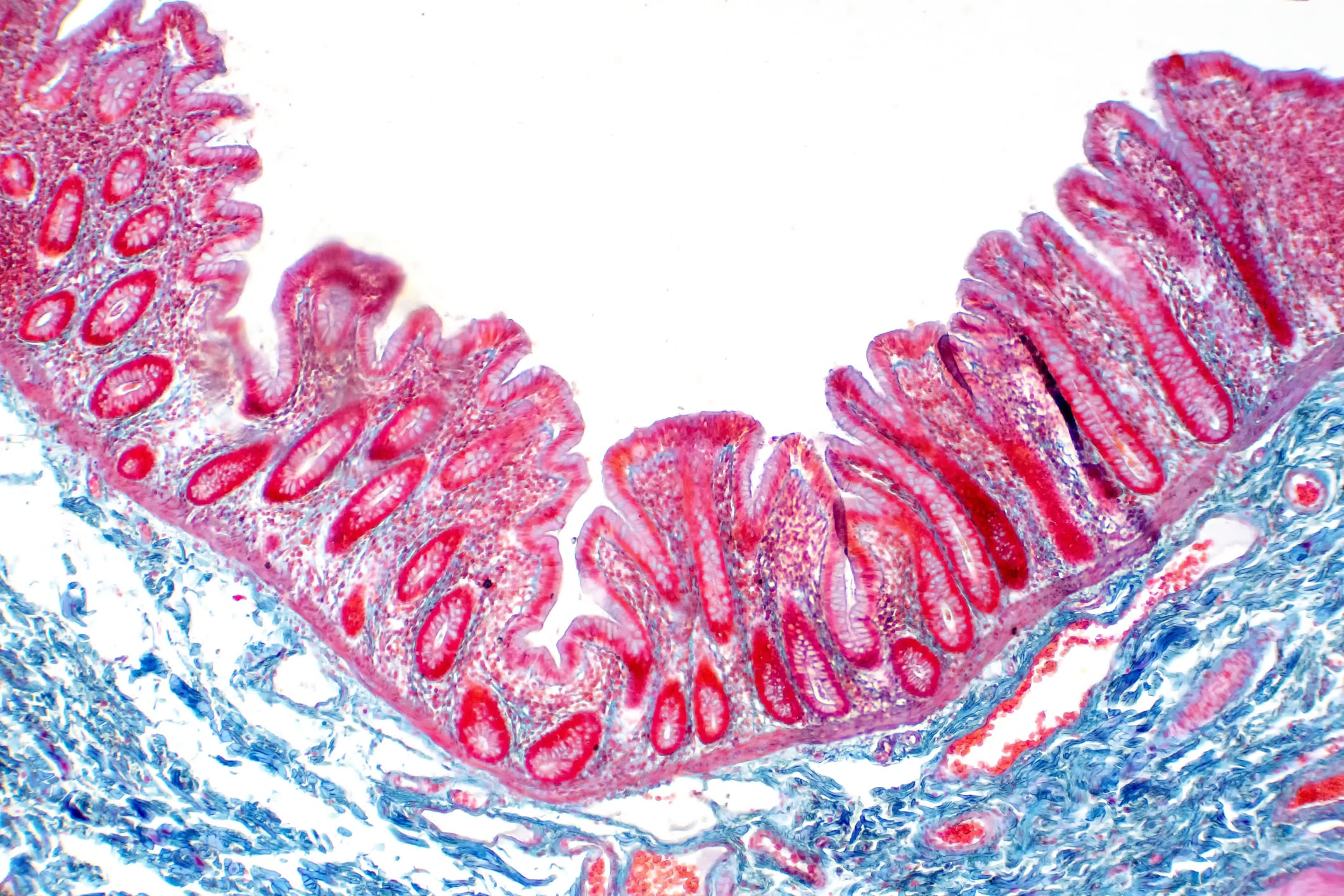Dr. DePaolo has been studying the gut microbiome for nearly 20 years. After receiving his PhD in immunology and microbial pathogenesis, he worked as a professor at the University of Chicago and the University of Southern California, before becoming the director of the Center for Microbiome Sciences and Therapeutics at the University of Washington.
Dr. DePaolo has watched the microbiome field form and grow over the last two decades but has grown frustrated with the ‘distortion’ of microbiome research in recent years.
“We all have really high hopes for the microbiome,” he told NutraIngredients. “It’s a fascinating field of study with an incredible amount of information to be uncovered, but there are major issues with how research is being conducted and presented.”
Dr. DePaolo says researchers often tend to oversell results, identifying particular microbial patterns or signatures and linking these patterns to diseases. The media then hype up the results even further, ‘dressing up’ correlation as causation.
Testing and replicability issues
One of the major challenges with microbiome research lies in the wide variety of microbial testing methods. Typically, changes to the gut microbiota are assessed using fecal samples, mucosal biopsies and intestinal fluid.
DNA extraction, sequencing technologies and bioinformatics analysis are then conducted to explore microbial composition, diversity metrics and functional potential. However, different labs use different methods of testing and analysis.
“There’s no agreed upon standard right now on how to collect stool samples, the kits which should be used, how long the sample sits before it gets frozen and what computational methods are used,” Dr. DePaolo said. “Then there’s how you analyze the data and what bioinformatic pipelines should be used. There’s so much troubleshooting involved.”
These variations can lead to significant inconsistencies in results across laboratories, even when testing the exact same fecal specimen, he added.
“In one study, researchers sent a bunch of fecal samples to different labs, and they had each lab do its own processing and bioinformatics,” Dr. DePaolo noted. “The researchers wondered what level of taxonomy they could agree on, and they only got to the kingdom level. Even researchers testing in the same labs got different results—there’s no consistency even within the same microcosm of science."
What’s more, many confounding factors are not recorded in studies so cannot be accounted for to enable replication across labs.
“It’s my hope that a body of scientists will soon be able to publish a set of ‘best practices’ for microbiome research, but until we have a sense of what the ‘gold standard’ looks like, then it will be difficult to extend science beyond individual labs,” he said.
Diverse populations remain unstudied
The second major issue in microbiome science is a lack of diversity in the studies being conducted, with most focusing on white, affluent populations from the U.S. and Europe.
“I don’t think many studies are doing a good job of making sure that they’re addressing minority populations,” Dr. DePaolo said. “A lot of studies come from privileged universities where there’s a significant proportion of affluent Caucasian people.
“We need to start looking at diets of people in lower income areas and how those diets are affecting the microbiome and how that translates to disease and disease severity. This is what we’re really missing out on.”
Even large studies like the first wave of The Human Microbiome Project predominantly used data from white participants living in two U.S. cities. This means that our perception of a ‘normal’ or ‘healthy’ gut microbiome could be distorted and swayed significantly by only a small fraction of the general population.
AI and machine learning
Finally, Dr. DePaolo says AI and machine learning are ‘taking over’ microbiome research, yet there is still a general lack of understanding of how many AI algorithms work and little to no peer-reviewed validation of such methods.
The issue he noted is that many AI models are trained on tiny datasets, which can be prone to misinterpretation. The internal workings are also not always clear, making it difficult to understand how the model has arrived at its decision.
“We have to be really careful with how we review papers and look at which algorithms are being used,” Dr. DePaolo added.
“Sometimes they haven’t been tested or vetted. We have to make sure that every study section has AI or machine learning experts that can accurately interpret the results. If we want AI to advance microbiome science, we have to fix the inputs first.”
How can microbiome research move forward?
To conduct effective microbiome research, Dr. DePaolo says both independent academic researchers and biotic companies must begin to confirm their results through third parties, as well as diversify their study populations.
“This is how we build reliable science, and this is how we identify variables and consistencies, watching for where the data converges and where it doesn’t,” he said.
Dr. DePaolo suggested that reproducing results from studies conducted in the early days of microbiome research is a valuable way to confirm that they are still true today and that researchers who attempt to replicate some of these seminal findings should be rewarded.
“I think we need to take a step back and take another look at the basic principles of good research that we have collectively glossed over,” he added. “We need to realize that what we think we know might not be as consistent as we believe.”
Above all, Dr. DePaolo highlighted that the microbiome is a complex, ever-changing entity that requires constant surveillance and a longitudinal lens.
“I always say the microbiome is like the ocean,” he said. “If you take a picture of it one second and another the next, it will look entirely different—it’s always moving and shifting. Until we start conducting longitudinal testing, as well as considering diet, metabolomic blood work results, then we are only looking at a single moment in time.”




